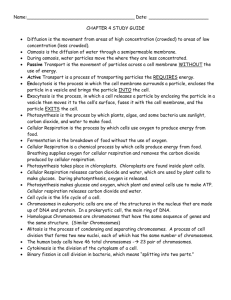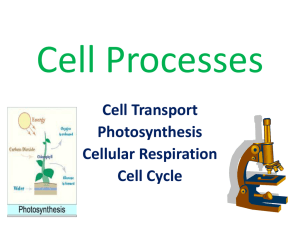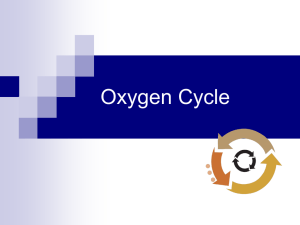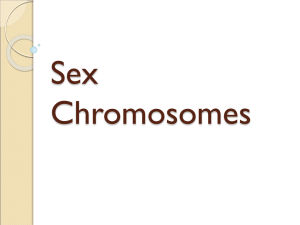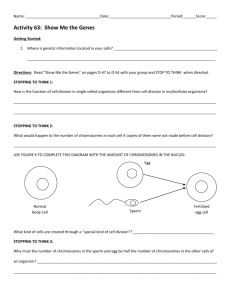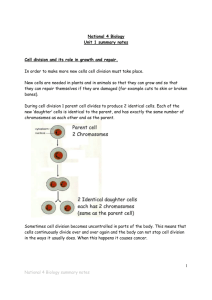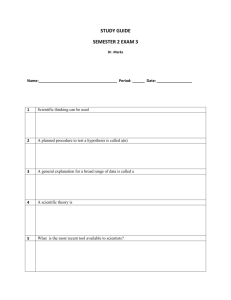Cells 3
advertisement
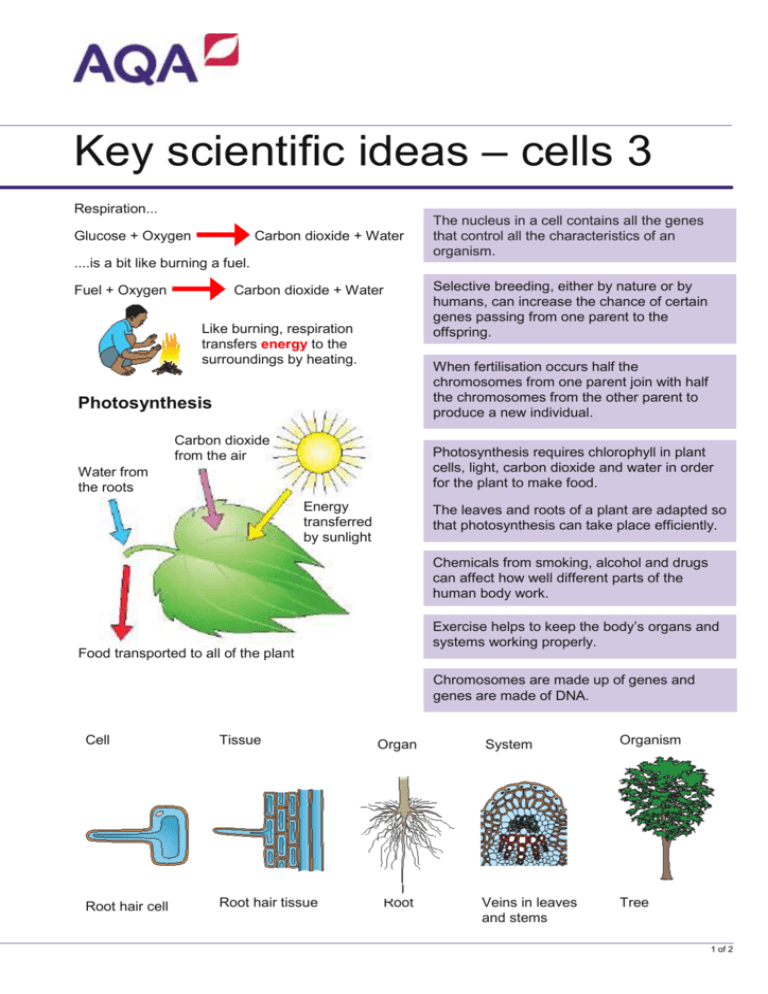
Key scientific ideas – cells 3 Respiration... Glucose + Oxygen Carbon dioxide + Water ....is a bit like burning a fuel. Fuel + Oxygen The nucleus in a cell contains all the genes that control all the characteristics of an organism. Selective breeding, either by nature or by humans, can increase the chance of certain genes passing from one parent to the offspring. Carbon dioxide + Water Like burning, respiration transfers energy to the surroundings by heating. When fertilisation occurs half the chromosomes from one parent join with half the chromosomes from the other parent to produce a new individual. Photosynthesis Carbon dioxide from the air Photosynthesis requires chlorophyll in plant cells, light, carbon dioxide and water in order for the plant to make food. Water from the roots Energy transferred by sunlight The leaves and roots of a plant are adapted so that photosynthesis can take place efficiently. Chemicals from smoking, alcohol and drugs can affect how well different parts of the human body work. Exercise helps to keep the body’s organs and systems working properly. Food transported to all of the plant Chromosomes are made up of genes and genes are made of DNA. Cell Tissue Root hair cell Root hair tissue Organ Root System Organism Veins in leaves and stems Tree 1 of 2 Based upon an idea and approach developed by The Cams Hill Science Consortium. The formation of sex cells Parent cell with four chromosomes. Chromosomes replicate forming pairs of chromatids. Pairs of chromosomes arrange themselves in the centre of the cell. The chromosomes separate and move to opposite ends of the cell. The first cell division occurs. The chromosomes now separates from each other and move to opposite ends of the cells. The second cell division occurs. It’s all about respiration, photosynthesis and reproduction Photosynthesis enzyme carbon dioxide + water glucose + oxygen Energy transferred by sunlight Respiration enzyme glucose + oxygen Energy carbon dioxide + water Useful vocabulary Cell Digestion Organ Cell wall Cell membrane Chlorophyll Photosynthesis Respiration Chloroplasts Genes Fertilisation Characteristics Inherited Selective breeding Fertilisers AQA Education (AQA) is a registered charity (number 1073334) and a company limited by guarantee registered in England and Wales (number 3644723). Our registered address is AQA, Devas Street, Manchester M15 6EX. 2 of 2

